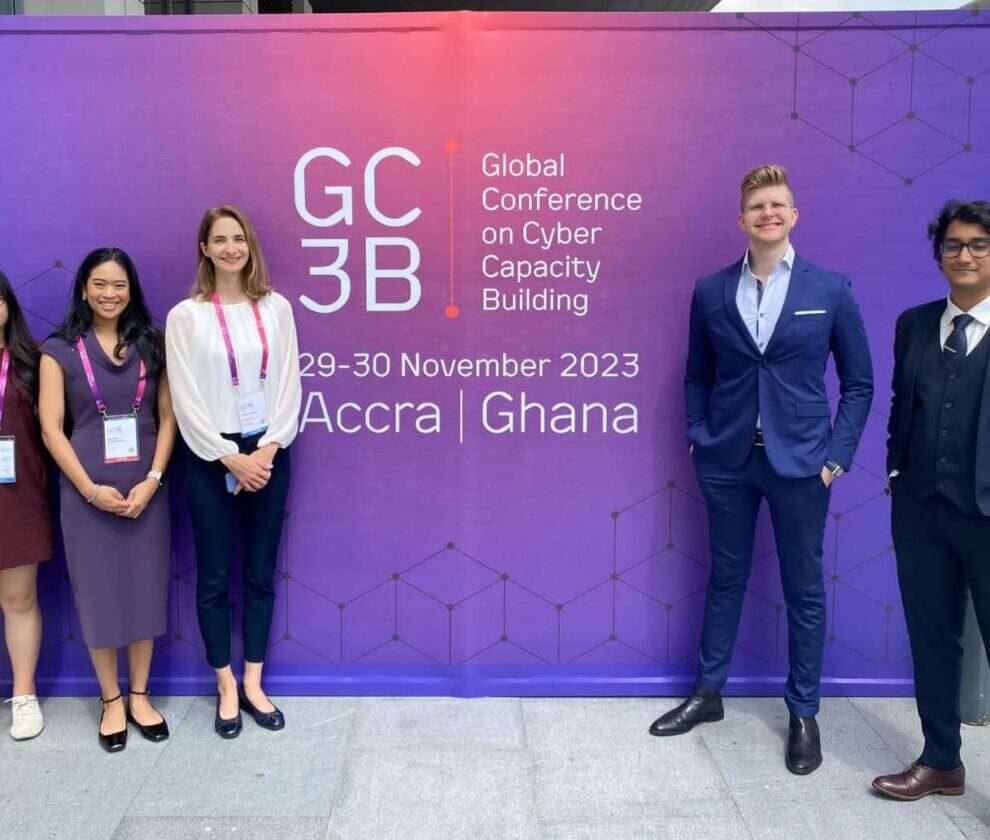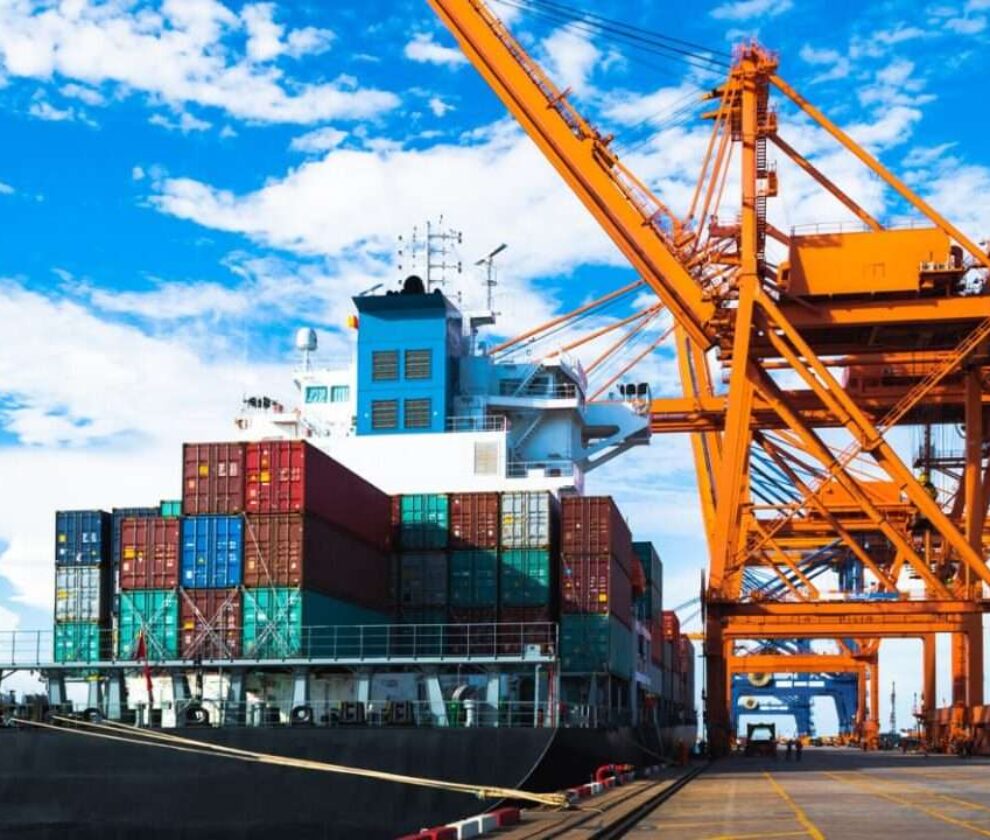“Ocean issues affect billions of people, in ways that bring together business, politics, academia and science –The Economist’s editor-in-chief, John Micklethwait.
In line with Mr. John’s apt remarks, let’s recall that by the year 2025 about 75 percent of the world population would be living within 100 km. of the coast, with the ocean providing services close to 32 trillion US Dollars in decisive areas like transportation, communication, recreation, energy production, waste disposal, and medical biotech. Though conventional wisdom has largely treated the ocean as a mere body of water isolated from the coast, with the advent of technological advancements, the hidden potential of “Blue Economy” (Ocean based economy) is being unfolded. This can work as the primary growth catalyst of coastline countries like Bangladesh. Upon the establishment of absolute right over 118,813 square kilometers of water in the bay of Bengal, ‘Blue Economy’ is no more a mere buzzword but a potential springboard for the development of Bangladesh.
Blue Growth in Qingdao: Success in One Valley & Two Zones Cluster approach
“Blue growth” can be defined as smart, sustainable and inclusive economic & employment growth from the oceans, seas and coasts. Qingdao, a coastal city in Shandong province of China, has been at the forefront of global drives towards propelling “blue growth”. The development of Qingdao’s blue economy can be traced back to 2011, when the State Council officially released plans to develop Exclusive Economic Zones on the Shandong Peninsula. Within the next 2 years Qingdao’s gross ocean product (GOP) exceeded USD21.49 billion and grew at an annual rate of 18.2 percent, contributing more than 28.7 percent of the city’s GDP. Moreover a huge flow of foreign investment started floating in, en-route to oceanic research centers, oil exploration, marine bio-pharmacy and marine equipment manufacturing.
The core building block that has contributed towards Qingdao’s exponential blue growth is- establishment of an innovative economy cluster named “One Valley and Two Zones”. One Valley refers to Blue Silicon Valley, being constructed (construction ends in 2020) with a focus on marine technology research and innovation. This works as an ocean research incubator, a talent aggregation center, a cultivation center for emerging marine industries and a Launchpad for coastal hi-tech towns. Two Zones refer to two Blue Economy Zones which will utilize the inventive potential of the Blue Silicon Valley by converting the innovations into sustainable business cases. This zone includes State-level economic and technological development facility, a bonded port area and an export-processing zone. It also hosts one Ecological Park and one Industrial Demonstration Park making sure It can offer a 360 degree facility to be a global testing ground for various ocean-related economic initiatives.
Thus Qingdao is accelerating its blue growth in key areas like modern fishery based on aquatic seedling and standard breeding, marine manufacturing industry based on innovative ocean engineering equipment and advanced marine service industry featuring modern port logistics and coastal tourism. The question is, Can Bangladesh adopt such an approach which includes both R&D enhancement and business growth?
Replication in Bangladesh: Wishful thinking or Achievable reality?
Bangladesh has initiated several landmark projects this year targeted towards achieving the ‘Blue Growth’ status like China, Indonesia and few other EU countries. Ministry of Foreign Affairs has been actively engaging with local and international stakeholders to boost local blue economy paradigm. Yet, being at the early stage of any new intervention has its loopholes and inconvenient truths. Let’s take a quick snippet of Blue Economy status quo of Bangladesh which might make you feel ‘blue’ and gloomy:
- The Bay of Bengal is bounded by eight countries-Bangladesh, India, Indonesia, Malaysia, the Maldives, Myanmar and Sri Lanka. Each country except Bangladesh (where the longest portion of the bay is located) has a maritime policy.
- The total collection of fish from the Bay is around 6 million tonnes annually of which only 4.8% or 0.29 million tonnes of fish are harvested by our fishermen.
- According to Bangladesh Atomic Energy Commission report (2010), we can earn Taka 14,000 crore foreign exchange by exporting a deposit of at least 1.76 million tonnes of minerals in the beach sand of Cox’s Bazar. No significant initiative has been launched as of yet to protect/extract this resource bed
Given the circumstances where Blue Economy and related strategies are still in the nascent phase, Bangladesh might adopt China’s approach in attaining accelerated blue growth. If we dissect Qingdao’s strategic map, we will see that it is based on two core inter-connected themes
- Research based Innovation through Blue Silicon Valley
- Conversion of Innovation into business component through Blue Economic Zones
The first hurdle in adopting this two-pillared vision can be lack of skilled manpower who will drive the Bangladeshi version of Blue Silicon Valley. In this regard our key driving force can be Institute of Marine Sciences and Fisheries (IMSF, University of Chittagong and several other institutes focusing on oceanic studies. Very recently, government has taken decision to set up an Oceanography Research Centre in Cox’s Bazar, this will be a crucial value addition to the core R&D set up. The core team can partner up with following supporting research facilities for collaborative innovation:
| Probable Research Facility/Academia Support | Research Domain |
| Genetic Engineering & Biotechnology Departments of Reputed Universities/National Institute of Biotechnology | Marine Bio-Tech |
| Bangladesh Atomic Energy Commission | Minerals and Energy |
| Bangladesh Fisheries Research Institute | Modern fisheries Management |
| Naval Architecture & Marine Engineering Department, BUET | Marine Architecture |
| Bangladesh Marine Academy and Bangladesh Naval Academy | Marine Intelligence |
Beside the academia and research facilitators another important component will be inclusion of private sector, Industries based on marine ecosystem to be specific. Industry-researcher alliance will ensure that Go-to-market nature is embedded in all the breakthrough innovation of Blue Silicon Valley.
Unlike China, Innovation conversion through a state of the art Blue Economic Zone might not be possible for Bangladesh right at this moment. Because it requires significant amount of resource investment in building the infrastructural facilities that Qingdao is developing. What we can build as a Launchpad, a Blue Business Incubator where interested local stakeholders and global investors can invest In business ideas/startups/entrepreneurs who have the potential to convert the innovations triggered at Blue Silicon valley into successful business ideas. Gradually this will turn into a Blue Economic Zone, vibrant with entrepreneurial ideas and Marine Industry collaborations leading to successful ocean-economy nexus.
End Note
ight now, ‘Blue Economy’ is just a catchphrase full of inflated expectation. To materialize the vision of blue growth, a detailed-long term road map has to be strategized with inclusive participation from all stakeholders. Ministry of Foreign affairs has been successful in creating the initial hype but relevant ministries i.e. Ministry of Power, Energy and Mineral Resources, Ministry of Planning, Ministry of water resources and other related ministries should stride forward with collaborative initiatives. Let’s take inspiration from China’s Blue Gem Qingdao and develop the blue economy base of Bangladesh.
- Demystifying the Blue Economy by Dr. Awni Behnam, published in 2nd APEC Blue Economy Forum December 6-7, 2012, Tianjin, China
- Qingdao’s Blue Economy: Marine Investment on the Rise, Posted on June 12, 2014 by China Briefing
- http://www.newstoday.com.bd/index.php?option=details&news_id=2383784&date=2014-07-12
- http://www.thedailystar.net/print_post/cheers-bangladesh-32496
- ‘Country can earn forex by exporting minerals of Cox’s Bazar’, Published in www.Bangladesh-economy.org ,
—————————————————————————————————————
Article by Muntasir Tahmeed, Senior Partner




